Home>Gardening & Outdoor>Landscaping Ideas>How To Fertilize Centipede Grass
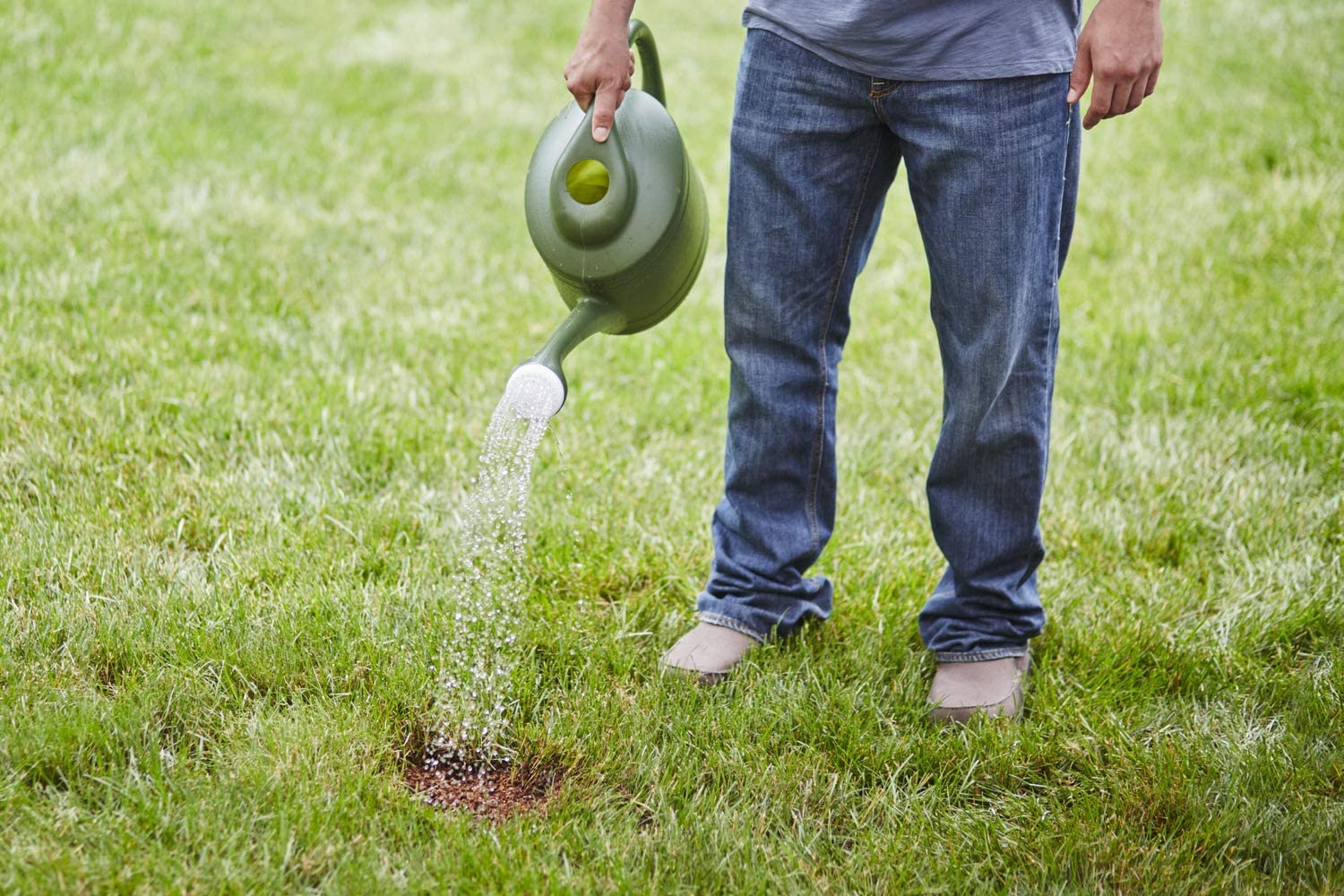

Landscaping Ideas
How To Fertilize Centipede Grass
Modified: October 19, 2024
Learn the best landscaping ideas for fertilizing centipede grass to keep your lawn healthy and vibrant. Discover expert tips and techniques for maintaining a lush, green lawn.
(Many of the links in this article redirect to a specific reviewed product. Your purchase of these products through affiliate links helps to generate commission for Storables.com, at no extra cost. Learn more)
Introduction
Centipede grass is a popular choice for lawns in the southern United States due to its low maintenance requirements and attractive appearance. However, to keep centipede grass looking its best, proper fertilization is essential. Fertilizing centipede grass not only promotes healthy growth but also helps it withstand stress from pests, diseases, and environmental factors.
In this comprehensive guide, we will explore the best practices for fertilizing centipede grass to ensure a lush, vibrant lawn. From understanding the unique characteristics of centipede grass to selecting the right fertilizer and mastering the application process, we will cover everything you need to know to achieve optimal results.
Whether you're a seasoned lawn care enthusiast or a novice homeowner looking to elevate your landscaping game, this guide will equip you with the knowledge and techniques to nurture your centipede grass to its full potential. So, let's dive into the world of centipede grass fertilization and unlock the secrets to a thriving, envy-inducing lawn.
Key Takeaways:
- Fertilizing centipede grass in late spring to early summer with a balanced, slow-release fertilizer is crucial for promoting healthy growth. Avoid over-fertilization and prioritize soil testing for optimal results.
- When applying fertilizer to centipede grass, ensure even coverage, avoid nitrogen overload, and adjust the schedule based on seasonal variations. Integrated pest and weed management can further enhance the grass’s resilience and vigor.
Understanding Centipede Grass
Centipede grass (Eremochloa ophiuroides) is a warm-season turfgrass known for its low-maintenance nature and lush, dense growth. This grass variety thrives in the acidic, sandy soils commonly found in the southern United States, making it a popular choice for lawns in this region. Its distinctive light green color and fine texture contribute to its visual appeal, creating a soft, carpet-like appearance that enhances the overall aesthetic of a landscape.
One of the key characteristics of centipede grass is its relatively slow growth rate compared to other warm-season grasses. This slow growth pattern means that centipede grass requires less frequent mowing, making it an attractive option for homeowners seeking a low-maintenance lawn. Additionally, centipede grass exhibits excellent heat tolerance, allowing it to withstand the hot and humid conditions prevalent in the southern states.
In terms of soil and water requirements, centipede grass prefers well-drained, slightly acidic soils with a pH range of 5.0 to 6.0. It is essential to avoid overwatering centipede grass, as it is sensitive to excessive moisture and can develop issues such as root rot in waterlogged conditions. Understanding the specific needs of centipede grass, particularly regarding soil composition and watering practices, is crucial for maintaining its health and vitality.
Furthermore, centipede grass has a relatively low nutrient requirement compared to other turfgrass varieties. While it benefits from periodic fertilization to support its growth and resilience, excessive fertilization can lead to detrimental effects, such as thatch buildup and increased susceptibility to certain diseases. Therefore, a balanced and strategic approach to fertilization is essential when caring for centipede grass.
By gaining a deeper understanding of the unique characteristics and preferences of centipede grass, homeowners and landscapers can make informed decisions regarding its care and maintenance. This knowledge forms the foundation for implementing effective fertilization practices that align with the specific needs of centipede grass, ultimately contributing to the cultivation of a vibrant and healthy lawn.
Choosing the Right Fertilizer
Selecting the appropriate fertilizer is a critical step in nurturing centipede grass to ensure optimal growth and resilience. When choosing a fertilizer for centipede grass, it is essential to prioritize formulations that align with the grass's specific nutrient requirements and soil conditions. Here are key factors to consider when selecting the right fertilizer for centipede grass:
Nutrient Balance:
Centipede grass thrives when provided with a balanced blend of essential nutrients. Look for a fertilizer with a nutrient ratio that closely matches the specific needs of centipede grass, typically characterized by a relatively low nitrogen requirement compared to other turfgrass varieties. A fertilizer with a nitrogen-phosphorus-potassium (N-P-K) ratio of 15-0-15 or similar proportions is well-suited for centipede grass, as it delivers the necessary nutrients without promoting excessive growth.
Slow-Release Formulation:
Opt for a slow-release fertilizer to provide a steady and consistent supply of nutrients to centipede grass over an extended period. Slow-release formulations are advantageous as they minimize the risk of nutrient leaching and reduce the potential for excessive top growth, which can lead to increased maintenance requirements. By gradually releasing nutrients into the soil, slow-release fertilizers support sustained and balanced growth, contributing to the overall health of centipede grass.
Read more: What Is Centipede Grass
Acidic Soil Compatibility:
Given centipede grass's preference for slightly acidic soils, it is beneficial to choose a fertilizer that complements the existing soil pH. Acid-forming fertilizers, such as those containing sulfur-coated urea, can help maintain the acidic environment that centipede grass thrives in. By selecting a fertilizer that supports the soil's natural acidity, homeowners can create an optimal growing environment for centipede grass, promoting robust root development and nutrient uptake.
Micronutrient Inclusion:
In addition to the primary macronutrients (nitrogen, phosphorus, and potassium), consider fertilizers that incorporate essential micronutrients such as iron, manganese, and zinc. These micronutrients play a vital role in supporting various physiological processes within centipede grass, contributing to its overall vigor and coloration. Fertilizers enriched with micronutrients can address potential deficiencies in the soil, ensuring comprehensive nutrient uptake by the grass.
By carefully evaluating these factors and selecting a fertilizer that caters to the specific needs of centipede grass, homeowners and landscapers can lay the groundwork for successful fertilization practices. The right fertilizer not only provides essential nutrients but also complements the natural characteristics of centipede grass, fostering a healthy and resilient lawn.
When to Fertilize
Determining the optimal timing for fertilizing centipede grass is crucial for maximizing the effectiveness of the fertilizer and promoting the grass's overall health. In general, centipede grass benefits from fertilization during its peak growing season, which aligns with the warmer months of the year. The ideal timing for fertilization can be influenced by various factors, including climate, soil conditions, and the specific growth patterns of centipede grass.
As a warm-season turfgrass, centipede grass exhibits vigorous growth during the spring and summer months when temperatures are consistently warm. This period of active growth presents an opportune time to apply fertilizer, as the grass can efficiently utilize the nutrients to support its development. In the southern United States, where centipede grass is prevalent, the recommended timeframe for fertilization typically falls between late spring and early summer, corresponding to the onset of the grass's primary growth phase.
It is important to consider the regional climate and local weather patterns when determining the precise timing for fertilizing centipede grass. In areas with milder winters and early spring warmth, the fertilization window may commence earlier, allowing homeowners to capitalize on the grass's emerging growth. Conversely, regions with a delayed transition into warmer temperatures may necessitate a slightly later fertilization schedule to coincide with the onset of robust growth in centipede grass.
Furthermore, soil temperature plays a significant role in dictating the appropriate timing for fertilization. Centipede grass exhibits optimal nutrient uptake and utilization when soil temperatures are consistently above 70°F (21°C). Therefore, monitoring soil temperature trends can aid in pinpointing the ideal window for applying fertilizer, ensuring that the grass can efficiently absorb and assimilate the nutrients for sustained growth and vitality.
In summary, the prime window for fertilizing centipede grass typically aligns with the active growing season, spanning from late spring to early summer in regions where centipede grass thrives. By leveraging the grass's natural growth patterns, regional climate considerations, and soil temperature dynamics, homeowners can strategically time their fertilization efforts to coincide with the grass's peak nutrient requirements, ultimately fostering a lush and resilient centipede grass lawn.
How to Apply Fertilizer
Applying fertilizer to centipede grass requires a methodical approach to ensure even distribution and effective nutrient uptake. By following best practices for fertilizer application, homeowners and landscapers can maximize the benefits of the fertilizer while minimizing the risk of overapplication or uneven coverage. Here's a step-by-step guide on how to apply fertilizer to centipede grass:
-
Preparation and Calibration: Before applying fertilizer, it is essential to calibrate the spreader to dispense the appropriate amount of product. Refer to the fertilizer label for specific application rates and adjust the spreader settings accordingly. Additionally, clear the lawn of any debris or obstacles that could impede the even distribution of the fertilizer.
-
Even Application: Begin by walking in a straight line across the lawn, operating the spreader at a consistent pace to achieve uniform coverage. Overlapping each pass slightly helps ensure that no areas are missed, promoting an even distribution of the fertilizer across the entire lawn surface.
-
Border Control: When reaching the edges of the lawn, exercise caution to prevent fertilizer from spilling onto non-target areas such as sidewalks, driveways, or flower beds. A handheld spreader or a controlled-release of the fertilizer from the main spreader can help manage the application along the lawn's borders.
-
Post-Application Inspection: Once the fertilizer has been applied, visually inspect the lawn to confirm that the product has been evenly dispersed. Address any noticeable gaps or uneven patches by reapplying fertilizer as needed to achieve consistent coverage.
-
Watering and Activation: After applying the fertilizer, lightly water the lawn to initiate the activation of the nutrients and facilitate their penetration into the soil. This step aids in preventing the fertilizer from remaining on the grass blades, promoting efficient nutrient absorption by the roots.
-
Cleanup and Maintenance: Thoroughly clean the spreader after use to prevent cross-contamination of different fertilizers and maintain its functionality for future applications. Additionally, store any remaining fertilizer in a cool, dry place according to the manufacturer's recommendations to preserve its quality for subsequent use.
By following these guidelines for applying fertilizer to centipede grass, individuals can ensure that the grass receives the necessary nutrients in a controlled and systematic manner. This approach promotes uniform growth and minimizes the risk of nutrient imbalances, contributing to the overall health and vibrancy of the centipede grass lawn.
Read more: How To Plant Centipede Grass Seed
Additional Tips for Fertilizing Centipede Grass
In addition to the fundamental aspects of fertilizing centipede grass, several supplementary tips can further enhance the effectiveness and sustainability of the fertilization process. These additional insights and recommendations aim to optimize the overall health and appearance of centipede grass lawns, providing valuable guidance for homeowners and landscapers seeking to elevate their lawn care practices.
Soil Testing and pH Management
Before embarking on a fertilization regimen, conducting a comprehensive soil test can offer valuable insights into the existing nutrient levels and pH balance of the soil. By understanding the specific deficiencies or imbalances present in the soil, individuals can tailor their fertilizer selection and application strategies to address the grass's precise needs. Additionally, maintaining the soil within the optimal pH range for centipede grass (5.0 to 6.0) is crucial for promoting nutrient availability and uptake, underscoring the importance of periodic soil testing and pH management.
Minimalistic Approach to Nitrogen
Centipede grass exhibits a relatively low nitrogen requirement compared to other turfgrass varieties, necessitating a conservative approach to nitrogen application. Excessive nitrogen can lead to rapid top growth, potentially increasing mowing frequency and contributing to thatch accumulation. By adhering to recommended nitrogen application rates and opting for slow-release formulations, individuals can support balanced growth while mitigating the risk of nutrient overloading.
Seasonal Adjustments
Adjusting the fertilization schedule to align with seasonal variations and the grass's growth patterns is essential for optimizing nutrient utilization. During periods of drought or heat stress, reducing or temporarily suspending fertilizer applications can prevent additional stress on the grass and minimize the risk of nutrient leaching. Conversely, adjusting the fertilizer application timing to coincide with the grass's recovery from dormancy or environmental stressors can bolster its resilience and regrowth.
Read more: How To Get Rid Of Centipede Grass
Integrated Pest and Weed Management
Incorporating integrated pest and weed management practices alongside fertilization efforts can contribute to the overall health and vigor of centipede grass. Addressing pest infestations and weed encroachment promptly can prevent competition for nutrients and reduce stress on the grass, allowing it to thrive and benefit fully from the applied fertilizers. Additionally, selecting pest- and weed-resistant grass varieties can complement fertilization efforts, fostering a robust and resilient lawn.
Observational Monitoring
Regularly monitoring the lawn for visual cues and indicators of nutrient deficiencies, such as discoloration or stunted growth, empowers individuals to make timely adjustments to their fertilization approach. This proactive approach to observational monitoring enables the early detection of potential issues, facilitating prompt remedial actions and ensuring that the grass receives the necessary care to maintain its vitality and visual appeal.
By integrating these additional tips into their fertilization practices, individuals can elevate their approach to nurturing centipede grass, fostering a thriving and resilient lawn that embodies the beauty and resilience of this warm-season turfgrass variety.
Frequently Asked Questions about How To Fertilize Centipede Grass
Was this page helpful?
At Storables.com, we guarantee accurate and reliable information. Our content, validated by Expert Board Contributors, is crafted following stringent Editorial Policies. We're committed to providing you with well-researched, expert-backed insights for all your informational needs.
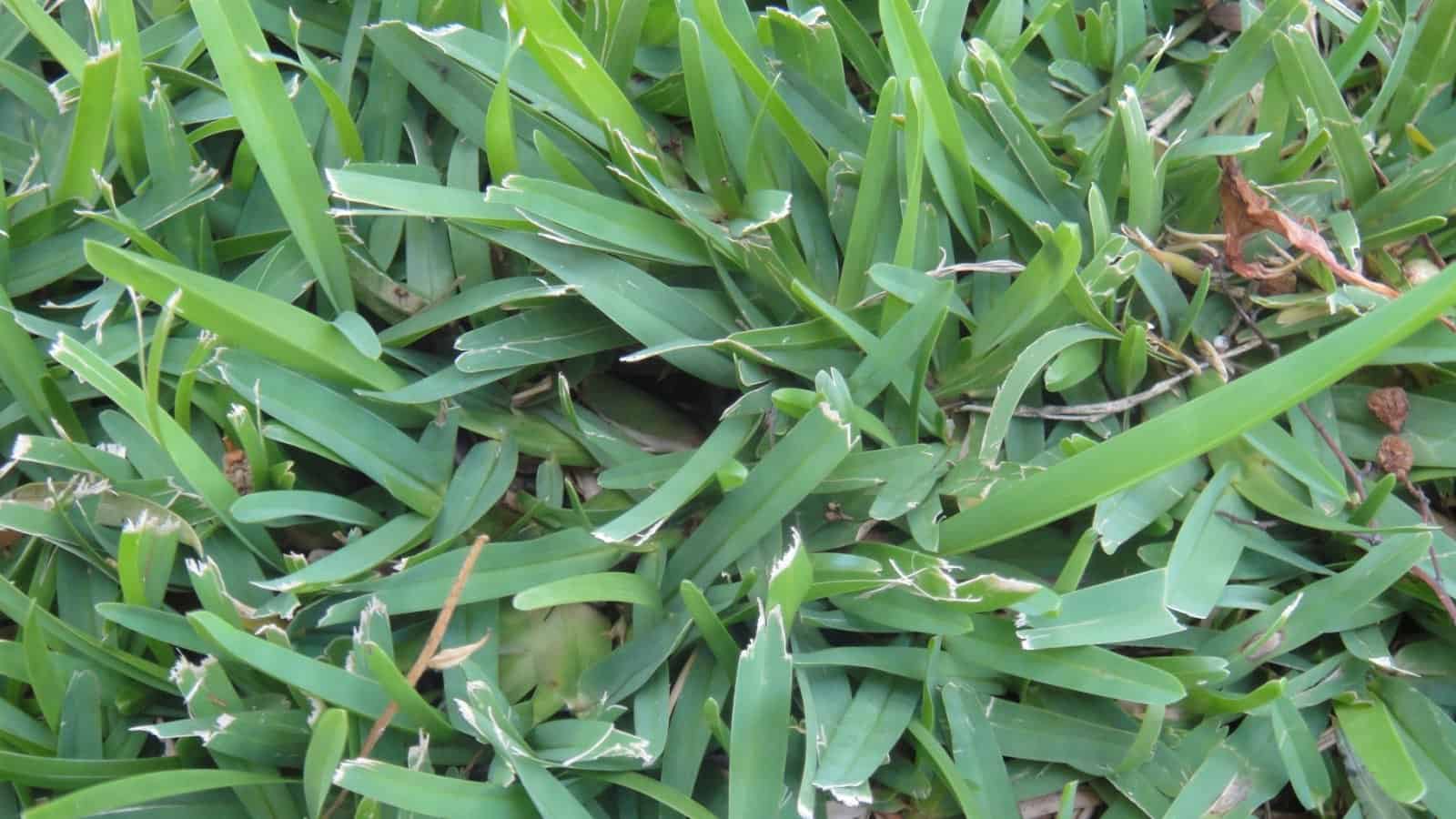
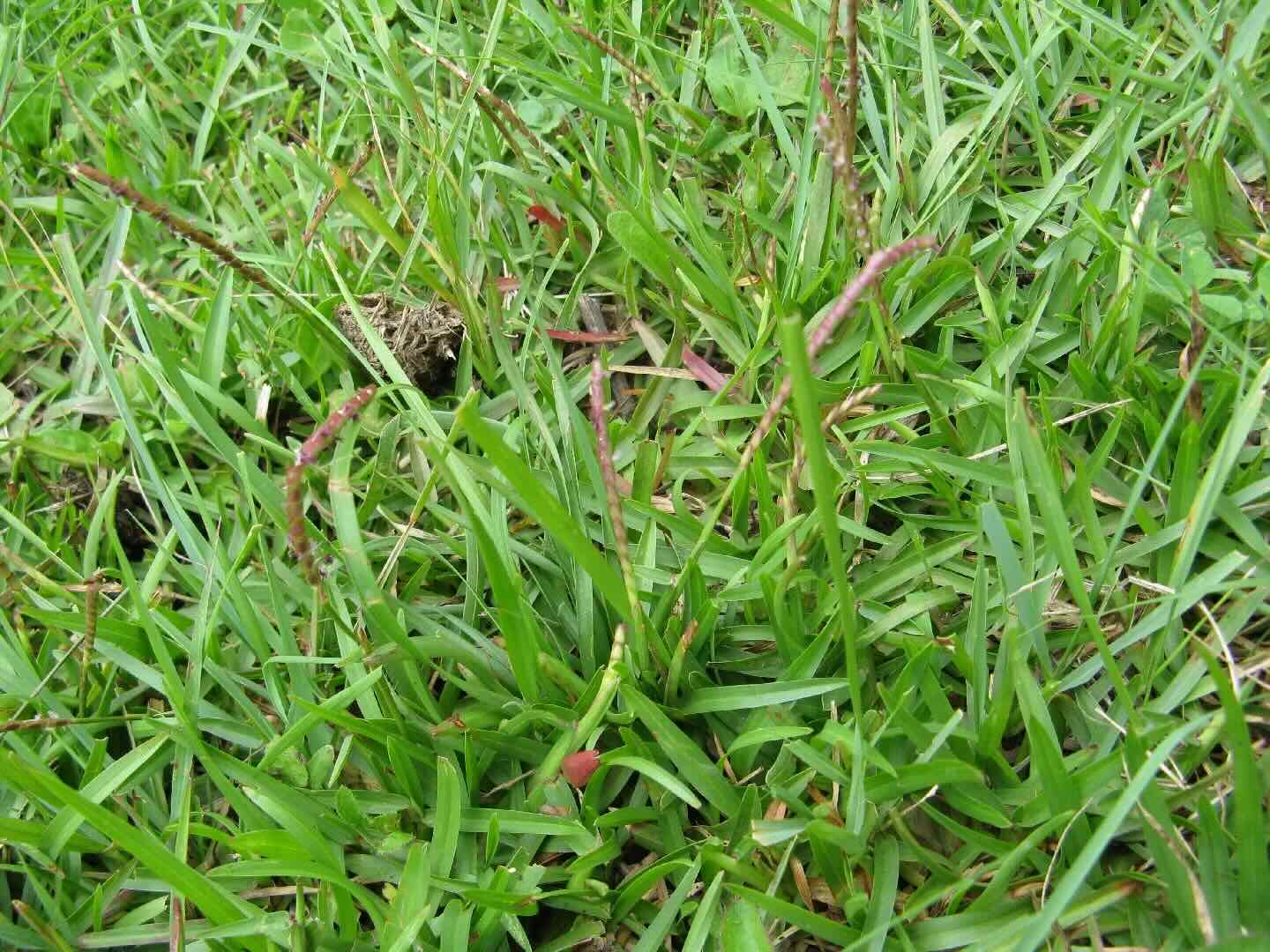
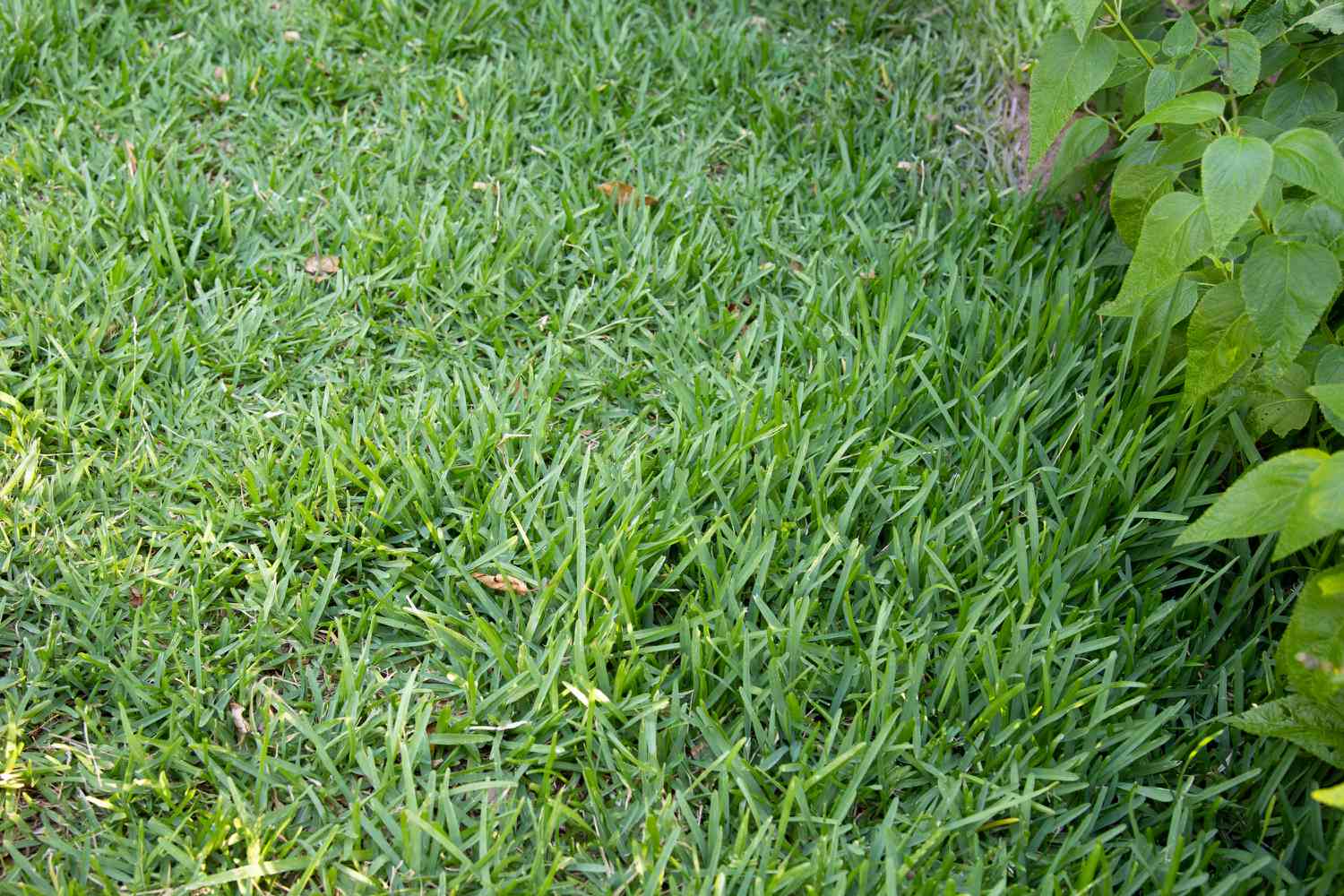
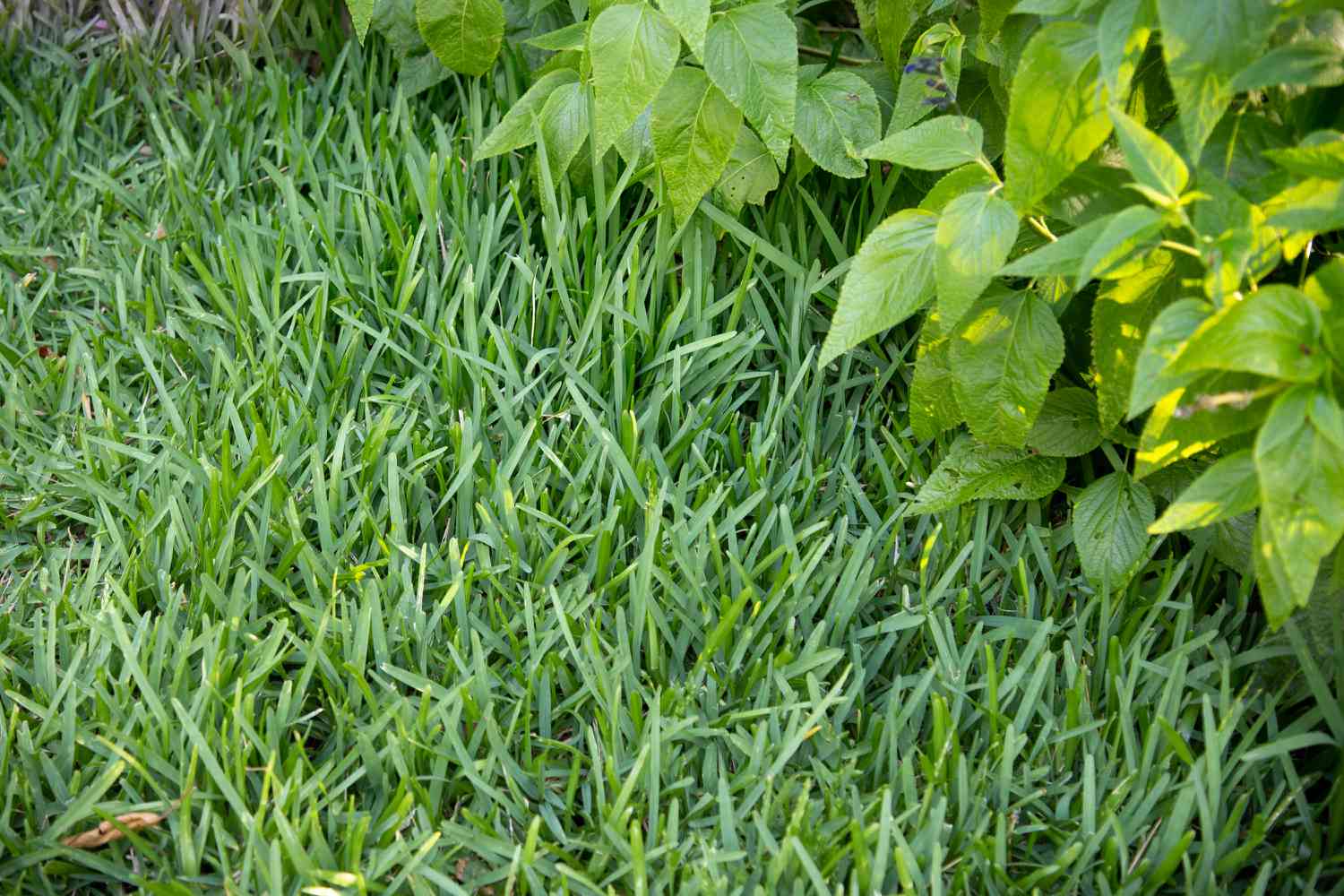
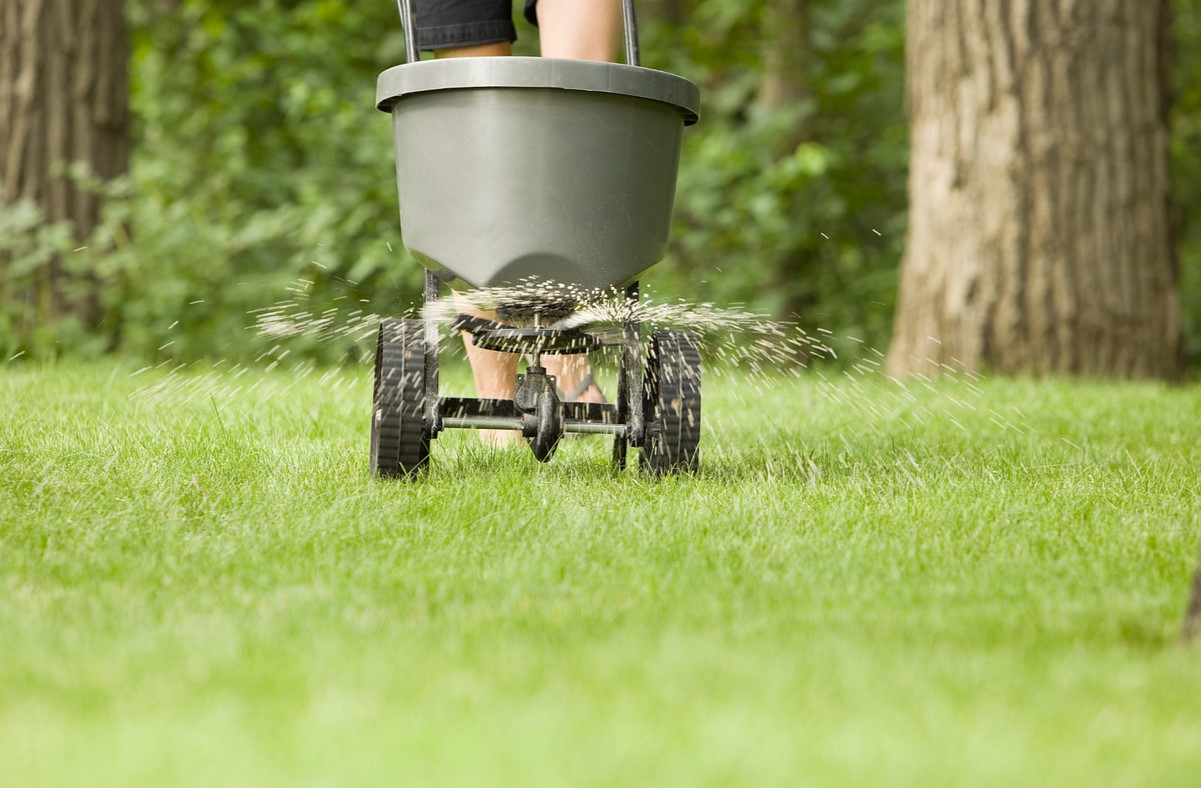
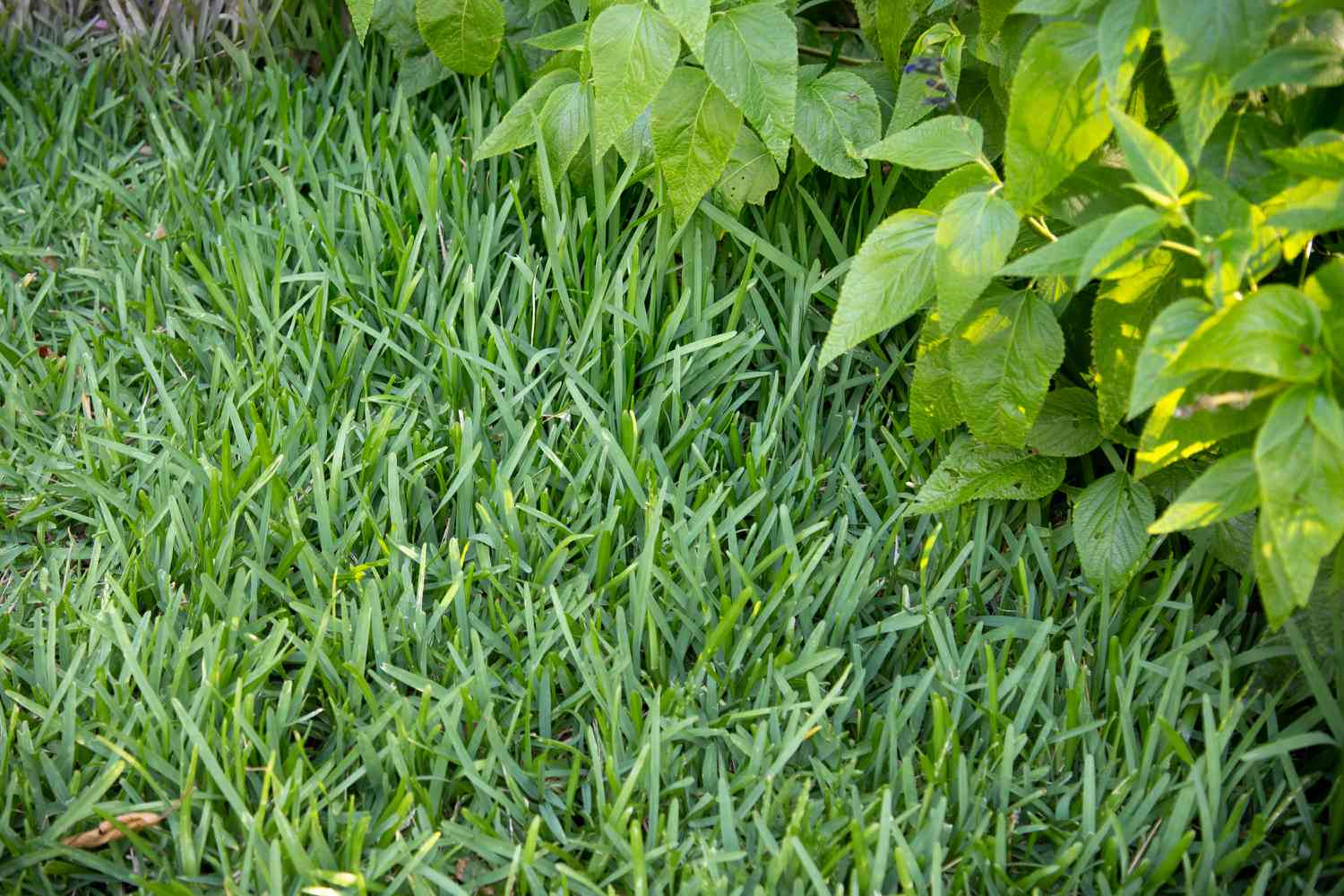

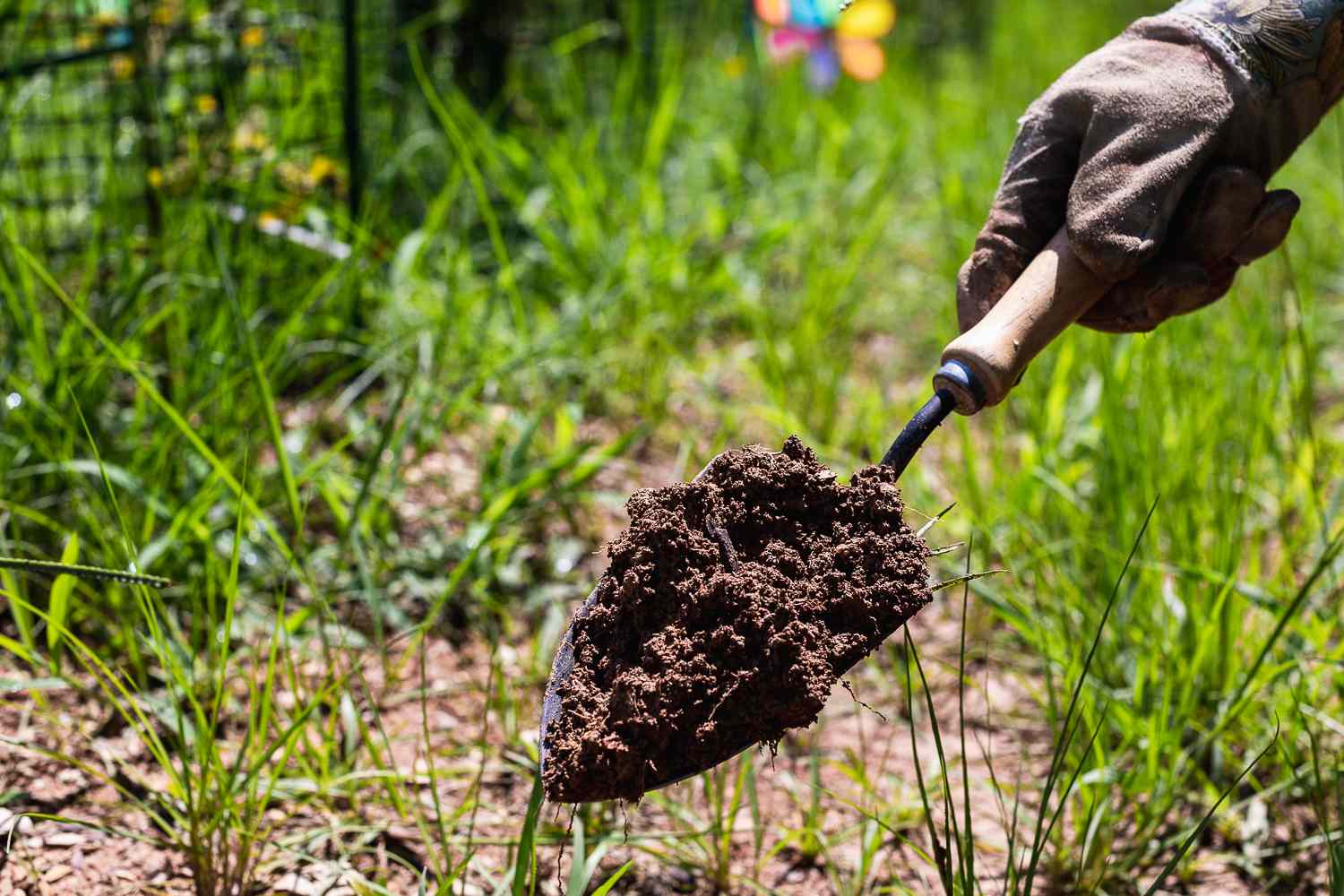
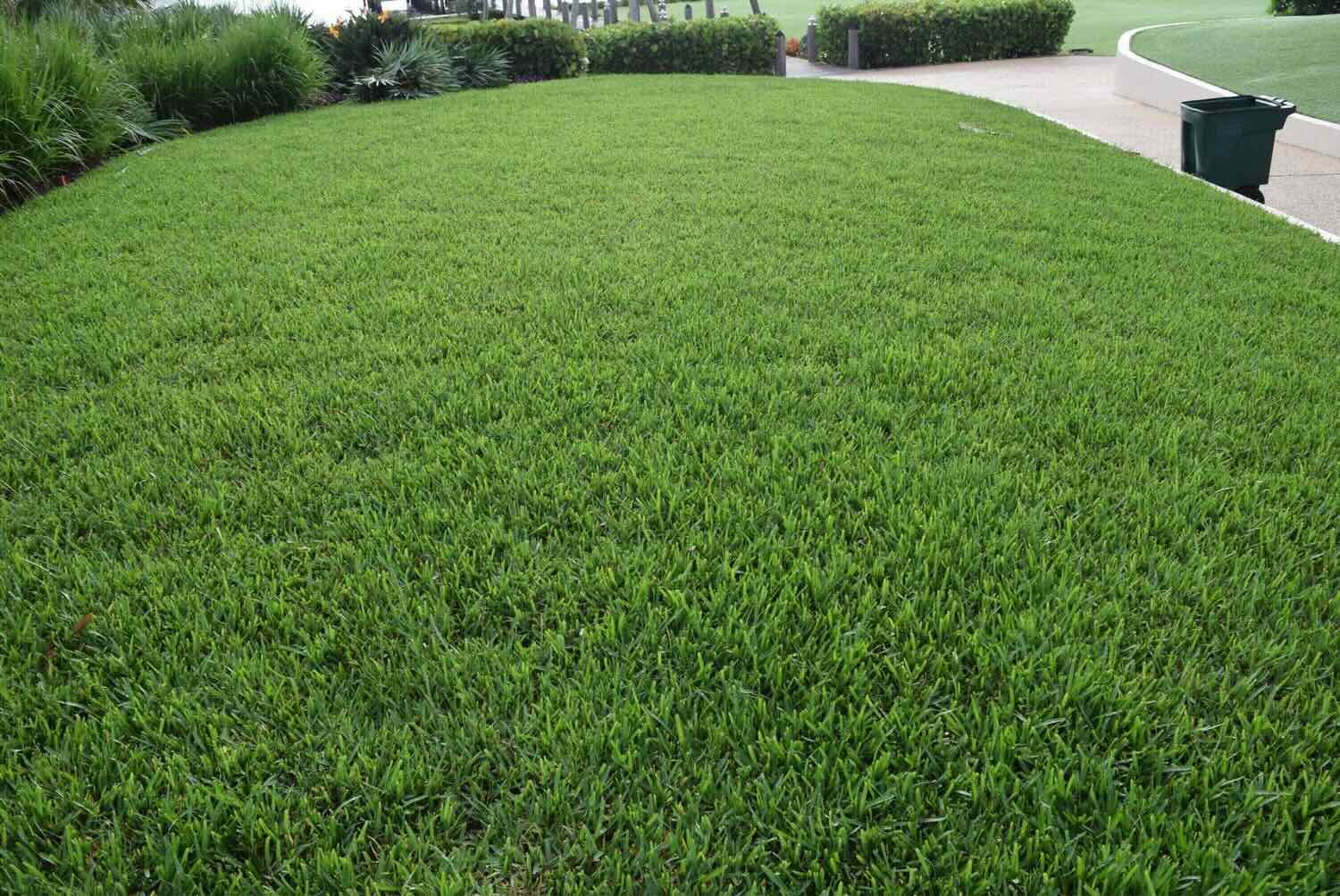
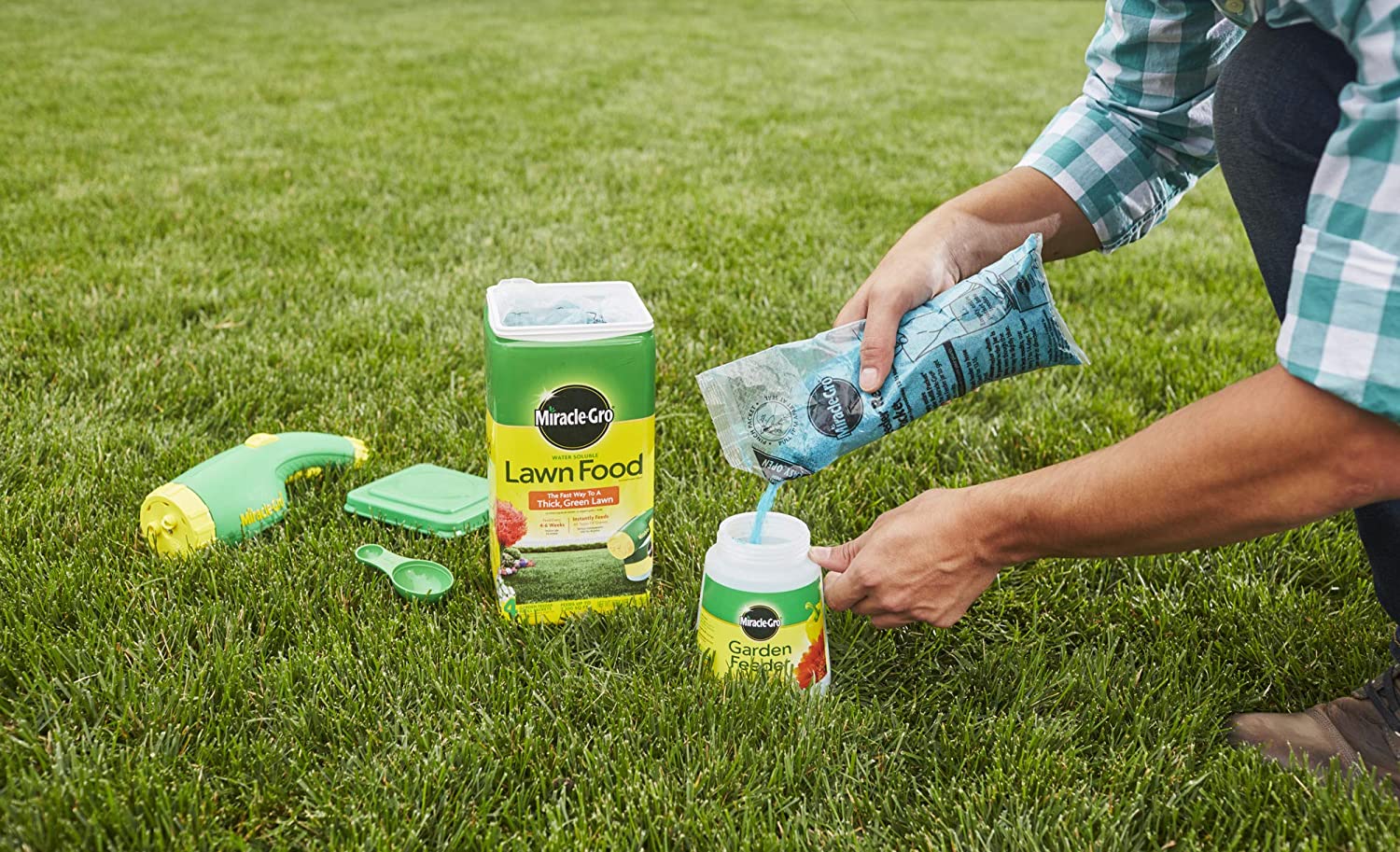
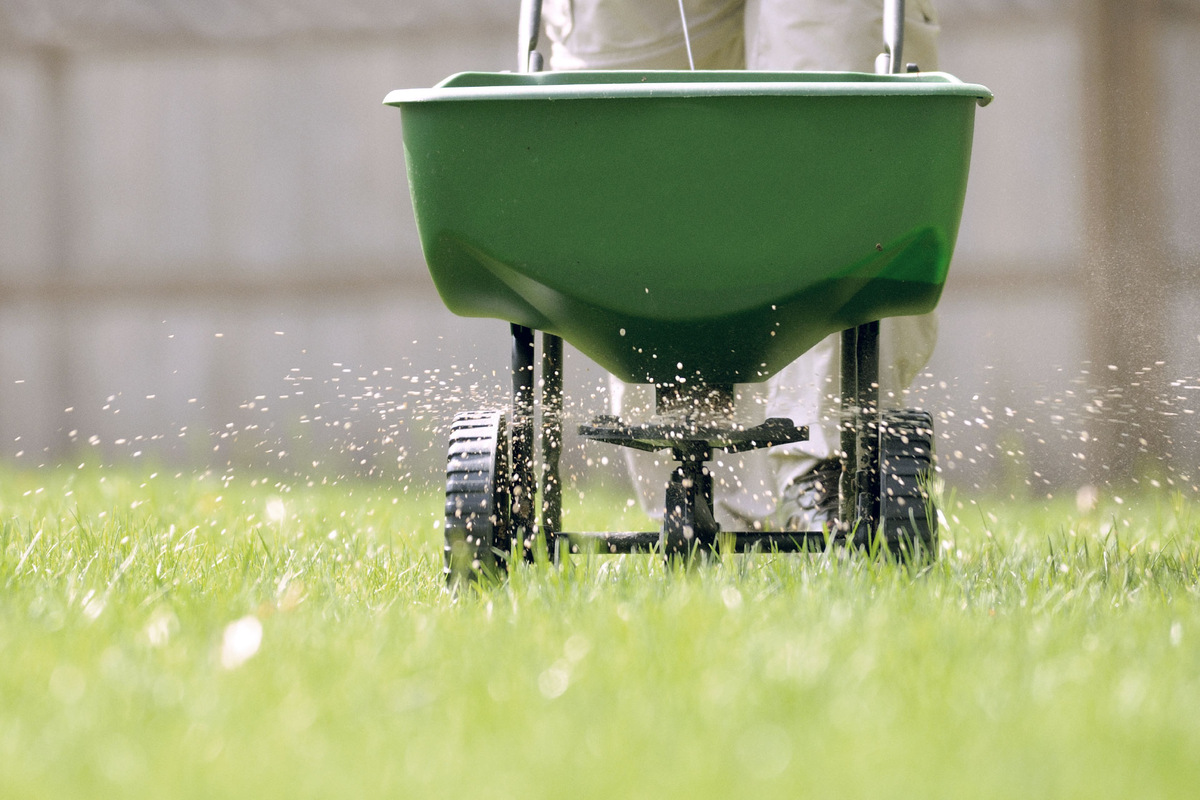
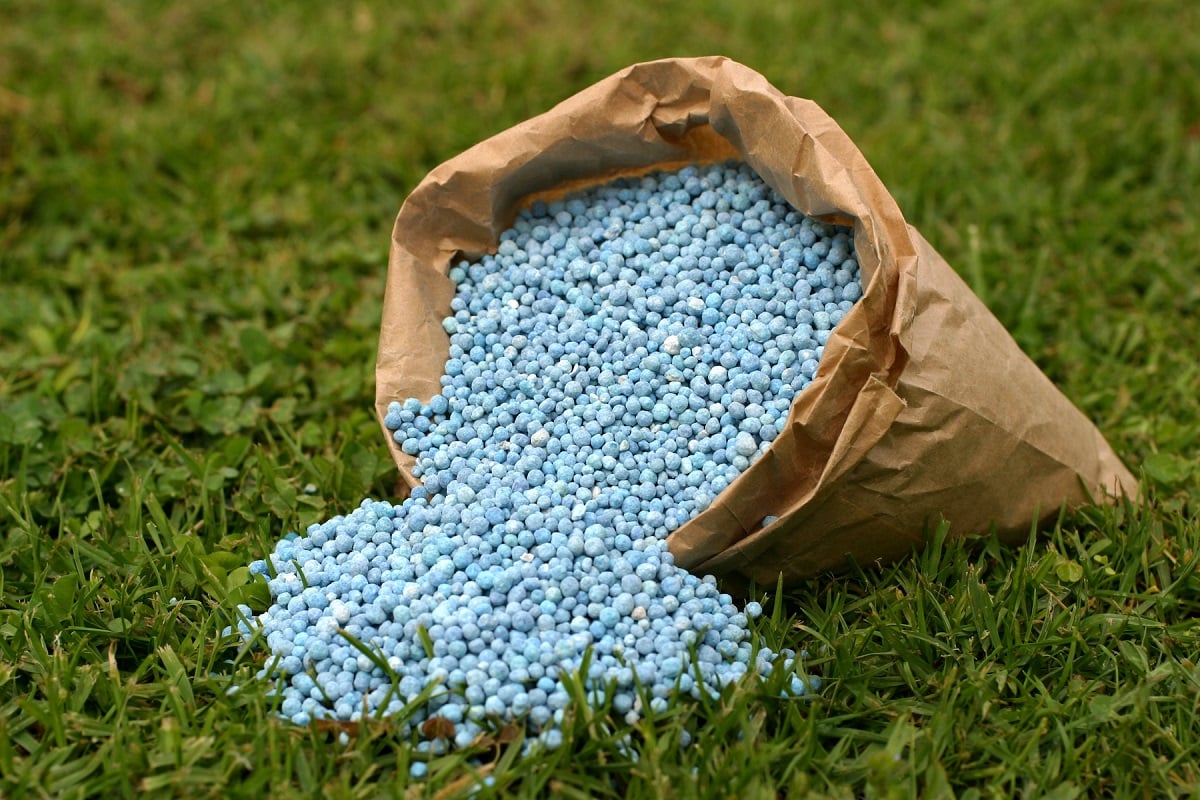

0 thoughts on “How To Fertilize Centipede Grass”